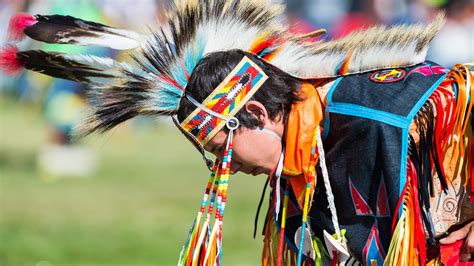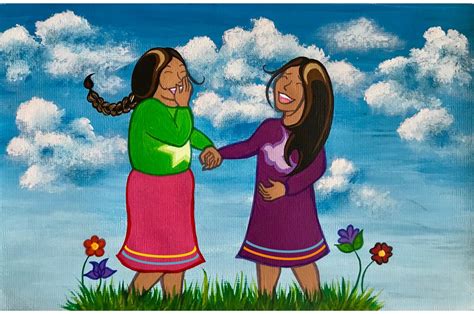Title: Exploring the Rich Heritage of Words Borrowed from Native American LanguagesIntroduction:Native American languages have left an indelible mark on the English language, contributing numerous words that enrich our vocabulary. These borrowed words reflect the diverse cultures and histories of Native American tribes, offering a deeper understanding of their language and traditions. In this article, we will delve into the fascinating world of words borrowed from Native American languages, exploring their origins, meanings, and the impact they have had on English.I. The Influence of Native American Languages on English a.
A Window into Native American Culture with Words 
Native American languages have bestowed upon English a multitude of words that provide a glimpse into their rich culture. Words like tomahawk, moccasin, and wigwam have become deeply ingrained in our language, reminding us of the indigenous people who once thrived on this land. These words have a special aura, evoking images of Native American traditions, craftsmanship, and spiritual beliefs.
b.
The Linguistic Diversity of Native American Languages 
Native American languages encompass an astonishing array of linguistic diversity. Each tribe has its own unique language, and many words from these languages have found their way into English. From the Inuit’s igloo to the Lakota’s tepee, these words help us appreciate the intricate linguistic tapestry woven by Native American communities.
II. Words Borrowed from Native American Languages a.
The Beauty of Nature in Native American Words 
Native American languages are deeply connected to the natural world, and their words often reflect this profound bond. Coyote from Nahuatl and chipmunk from Ojibwe are just a few examples of how these languages have enriched English with names for animals that populate the North American landscape. These words remind us of the native peoples’ deep respect and understanding of the environment.
b.
Words for Food and Eating 
Native American tribes have contributed words that describe various types of food and eating practices. Potato from the Taino language and succotash from Narragansett are just two examples of how these words have become integral to our culinary vocabulary. Exploring the origins of such words allows us to appreciate the important role Native American cuisines have played in shaping our culinary traditions.
III. The Enduring Legacy of Native American Words a.
Words That Celebrate Cultural Identity 
Words borrowed from Native American languages add depth and authenticity to our cultural expressions. Powwow, totem, and kayak are words that have become synonymous with Native American traditions, finding their way into our literature, arts, and daily conversations. By incorporating these words into our language, we pay homage to the enduring heritage of Native American tribes.
b.
Preserving Native American Languages 
As we celebrate the words borrowed from Native American languages, it is essential to recognize the importance of preserving these languages themselves. Many Native American languages are endangered, with only a handful of fluent speakers remaining. By acknowledging and embracing these borrowed words, we can contribute to the revitalization and preservation of Native American languages for future generations.
Conclusion:The words borrowed from Native American languages enable us to bridge the gap between cultures, appreciating the rich heritage and wisdom of the indigenous peoples who have long inhabited this land. These words remind us of the profound connection between language and culture, and the importance of preserving and celebrating linguistic diversity.FAQs:1. Are all Native American languages similar? No, Native American languages exhibit diverse linguistic characteristics, and each tribe has its own unique language.2. How many Native American languages are still spoken today? Currently, there are over 500 Native American languages, but many are endangered, with few remaining fluent speakers.3. Why are Native American words significant in English? Native American words enrich the English language by providing insights into indigenous cultures, traditions, and the natural world.4. Can I learn to speak a Native American language? Yes, there are resources available for learning various Native American languages, and some tribes offer language revitalization programs.5. Are Native American languages still evolving? Like any living language, Native American languages continue to evolve and adapt to the changing needs and influences of their communities.